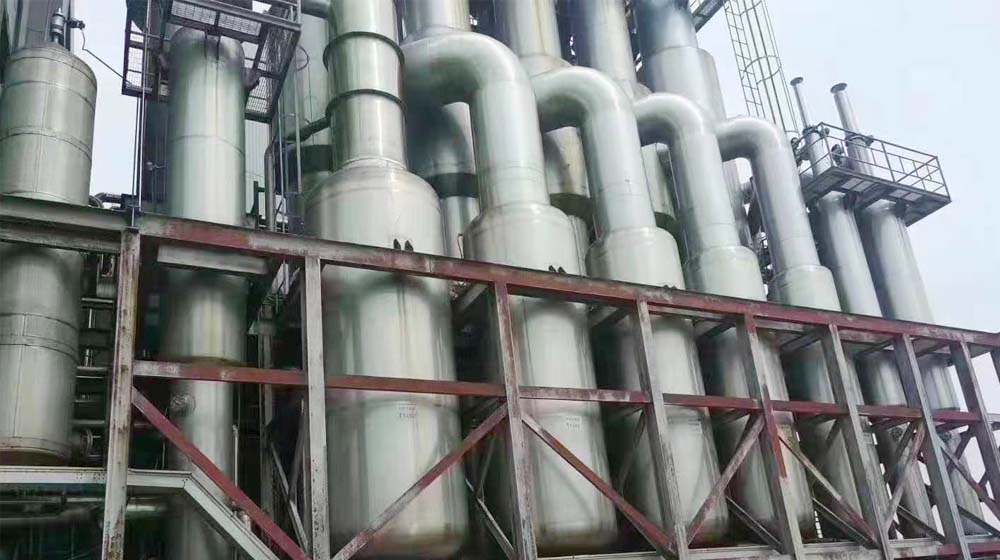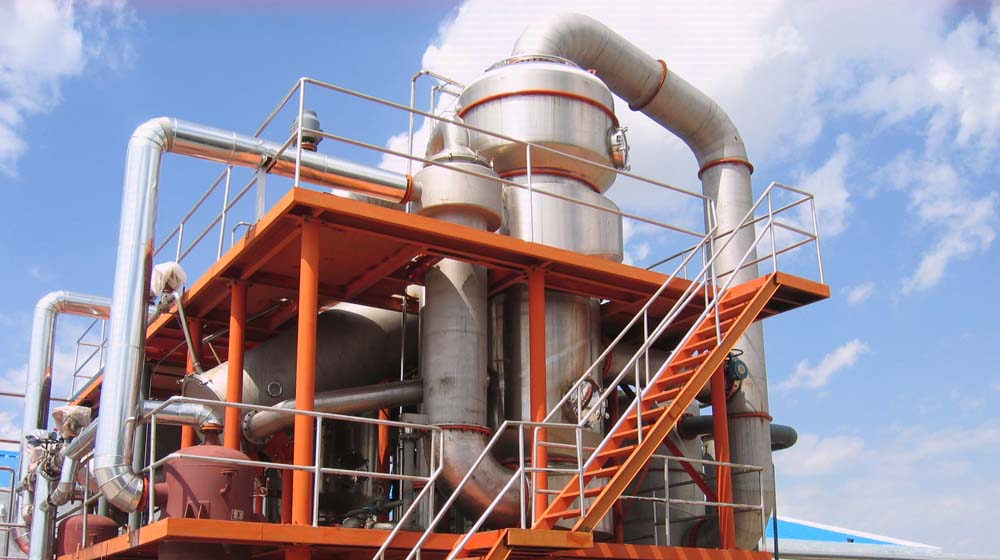In the chemical industry, selecting the right pump is critical for efficiency, safety, and cost-effectiveness. Two of the most common pump types— axial flow pumps и центробежные насосы —serve different purposes in chemical processing. Understanding their differences, advantages, and ideal applications ensures optimal performance in corrosive, high-temperature, and high-flow scenarios.
This guide compares axial flow pumps vs центробежные насосы for chemical industry applications, helping engineers and plant managers make informed decisions.
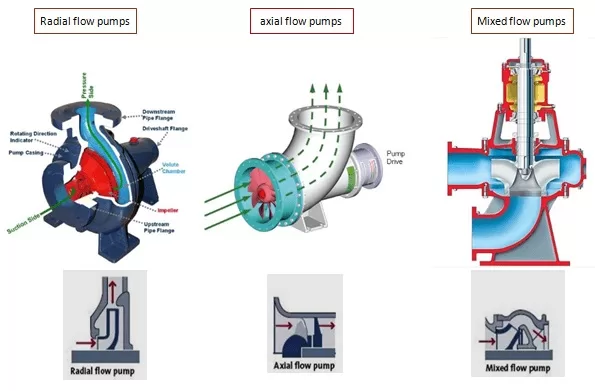
Key Differences Between Axial Flow and Centrifugal Pumps
| Feature | Осевой насос | Центробежный насос |
| Flow Direction | Parallel to the shaft (axial flow) | Radial (perpendicular to the shaft) |
| Pressure Generation | Low to moderate pressure (1–15 m head) | High pressure (10–2,000+ m head) |
| Flow Rate | Very high (5,000–500,000 m³/h) | Medium (up to 10,000 m³/h) |
| Efficiency | Best for high-flow, low-head applications | Best for medium-flow, high-head applications |
| Fluid Handling | Ideal for low-viscosity liquids (water, solvents) | Handles viscous & abrasive fluids (slurries, acids) |
| Maintenance | Fewer moving parts, less clogging | More wear-prone (impellers, seals) |
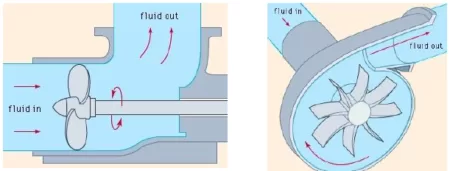
Best Applications in Chemical Processing
When to Choose an Осевой насос?
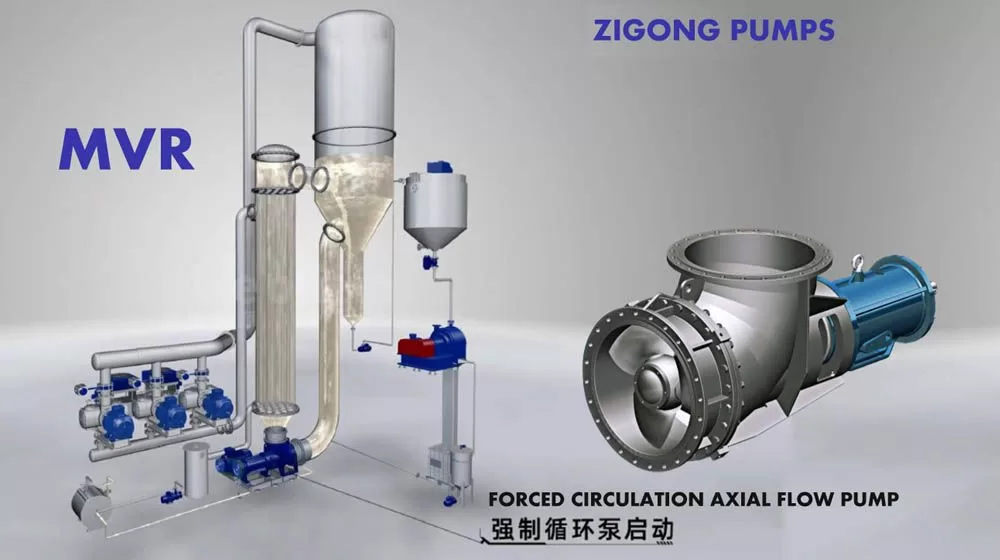
Axial flow pumps excel in high-flow, low-pressure scenarios, making them ideal for:
1. Cooling & Condensation Systems as a circulation pump in MVR evaporator or мультиэффектные испарители.
– Circulating large volumes of cooling water in heat exchangers.
– Handling low-viscosity fluids with minimal energy consumption.
2. Evaporation & Crystallization Processes
– Efficiently moving brine or chemical solutions in evaporators.
– Gentle flow prevents crystal damage in salt or pharmaceutical production.
3. Wastewater & Effluent Treatment
– Transferring large volumes of treated water with low solids content.
When to Use a Центробежный насос?
Centrifugal pumps are better for high-pressure, variable-viscosity applications, such as:

1. Chemical Transfer & Dosing
– Pumping acids, alkalis, and solvents in batch processes.
– Handling viscous fluids like polymers or syrups.
2. High-Pressure Filtration & Reactor Feed Systems
– Supplying pressurized liquids to reactors or filtration units.
3. Slurry & Abrasive Fluid Handling
– Moving corrosive slurries with lined or hardened impellers.
Advantages & Limitations for Chemical Plants
- Axial Flow Pumps: Pros & Cons
✔ Pros:
– High flow rates with low energy consumption.
– Minimal turbulence, reducing shear-sensitive fluid degradation.
– Compact design, suitable for large-scale circulation.
✖ Cons:
– Not suitable for high-pressure or viscous fluids.
– Limited ability to handle solids or abrasive particles.
- Centrifugal Pumps: Pros & Cons
✔ Pros:
– Handles high pressures and viscous fluids.
– Versatile for corrosive chemicals with proper material selection (e.g., PTFE-lined).
– Can be designed for solids handling (semi-open impellers).
✖ Cons:
– Higher energy use at high flow rates.
– More prone to cavitation and wear in abrasive applications.
How to Choose the Right Pump for Your Chemical Process ?
1. Fluid Properties
– Low viscosity? → Axial flow pump.
– High viscosity or solids? → Centrifugal pump.
2. Pressure & Flow Requirements
– High flow, low head? → Axial.
– High pressure, variable flow? → Centrifugal.
3. Corrosion & Material Compatibility
– Both pumps can use stainless steel, Hastelloy, or PTFE coatings for chemical resistance.
4. Энергоэффективность
– Axial pumps save energy in high-flow systems.
– Centrifugal pumps are more efficient in high-pressure applications.
5. Maintenance & Lifespan
– Axial pumps have fewer wear parts.
– Centrifugal pumps require more frequent seal and impeller checks.
Industry Trends & Innovations
– Smart Pumping Systems : IoT-enabled sensors monitor corrosion, vibration, and efficiency.
– Advanced Coatings : Ceramic and polymer linings extend pump life in corrosive environments.
– Hybrid Designs : Mixed-flow pumps combine axial and centrifugal benefits for mid-range applications.
Conclusion: Which Pump Wins for Chemical Processing?
– Choose an axial flow pump if you need high-volume, low-pressure circulation (cooling, evaporation, wastewater).
– Choose a centrifugal pump if you handle high-pressure, viscous, or abrasive fluids (chemical transfer, slurry pumping).
For corrosive or high-purity applications , material selection (e.g., titanium, PVDF) is just as critical as pump type. Consult with a pump specialist to optimize performance and longevity in your chemical plant.
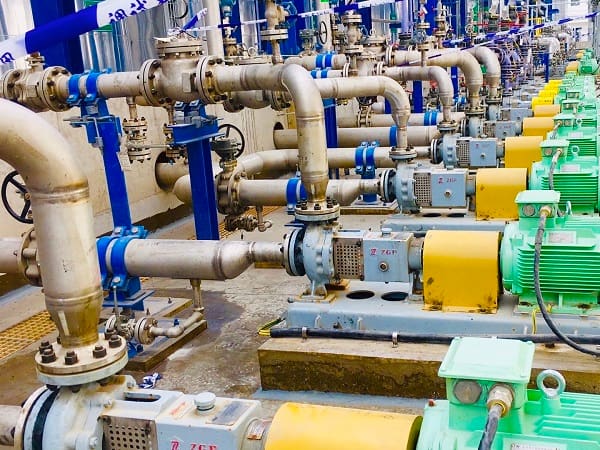
.

